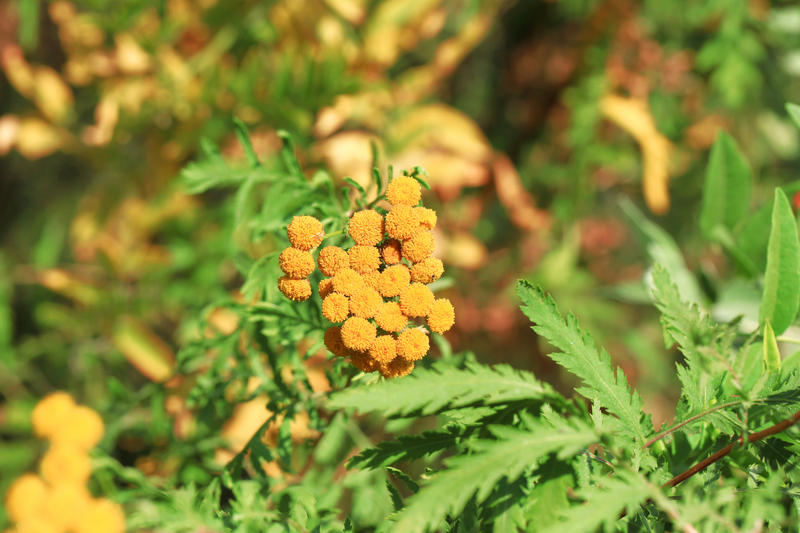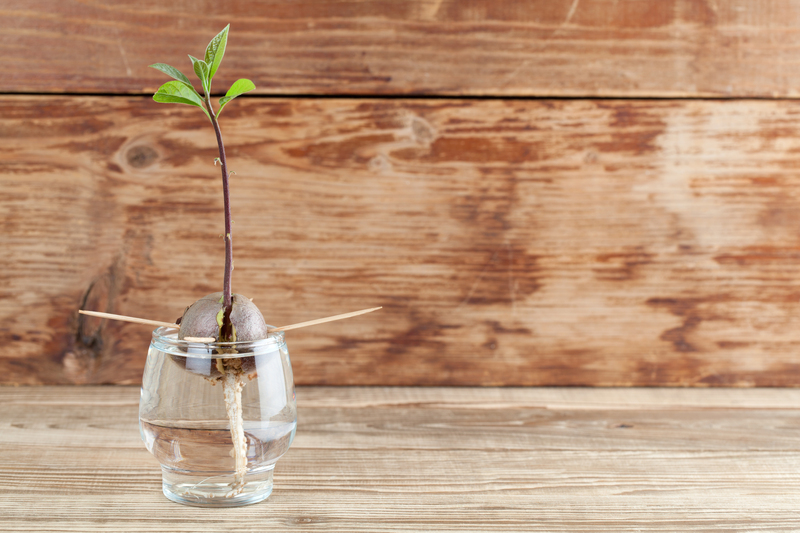Why Your Lawn Has Yellow Spots: Main Causes
Posted on 24/01/2025
A lush, green lawn is a source of pride and enjoyment. However, the appearance of yellow spots can quickly turn your pristine lawn into a patchy mess. Understanding the main causes of yellow spots on your lawn can help you address the issue effectively.
1. Overwatering or Underwatering
Both overwatering and underwatering can lead to yellow spots on your lawn. When you overwater, the soil becomes waterlogged, suffocating the grass roots, which leads to their decay and yellowing. Underwatering, on the other hand, causes grass to dehydrate and turn yellow.

2. Poor Soil Quality
Nutrient deficiencies or imbalances in soil can also result in yellow spots. Essential nutrients such as nitrogen, phosphorus, and potassium need to be present in the correct amounts for healthy grass growth. If the soil is deficient, the grass will become weak and more susceptible to disease and discoloration.
3. Soil Compaction
Compacted soil restricts the movement of air, water, and nutrients to the grass roots. This leads to stunted growth and yellowing of the grass. High foot traffic, heavy machinery, or the natural settling of soil can contribute to compaction.
4. Pests and Diseases
Various pests, such as grubs and chinch bugs, and diseases, like fungal infections, can attack your lawn, causing yellow patches. Identifying and treating these pests and diseases early is critical for the health of your lawn.
5. Pet Urine
Pet urine is highly concentrated in nitrogen, which can burn the grass and cause yellow or brown spots. Female dogs, in particular, can cause more damage as they tend to urinate in one spot.
6. Improper Mowing Practices
Mowing your lawn too short or using dull blades can stress the grass, leading to yellow spots. It's important to mow at the correct height and ensure the blades are sharp for clean cuts.
Pros and Cons of a Perfect Lawn
Pros:
- Enhanced beauty and curb appeal
- Increased property value
- Provides a space for recreation and relaxation
Cons:
- Time-consuming maintenance
- Cost of fertilizers, pesticides, and equipment
- Environmental impact of water and chemical usage
Tips for Preventing Yellow Spots
- Ensure proper watering practices based on your grass type and climate.
- Conduct soil tests and amend with necessary fertilizers.
- Aerate your lawn regularly to prevent compaction.
- Use insecticides and fungicides as needed to control pests and diseases.
- Designate a bathroom area for pets and train them accordingly.
- Mow at the recommended height and keep your blades sharp.

Takeaways
Understanding the main causes of yellow spots on your lawn can help you take targeted measures to maintain a healthy, green, and vibrant lawn. Addressing watering practices, soil quality, and mowing techniques, combined with effective pest and disease control, will give you the best chance of preventing yellow spots.
Conclusion
Yellow spots on your lawn can be a frustrating problem, but they are not without solutions. By identifying the primary causes--whether it's water management, soil health, or pest control--you can take the necessary steps to restore your lawn to its lush, green glory. Regular maintenance and attentive care are the keys to avoiding these unsightly patches.
To directly address yellow spots on your lawn: Identify the root cause among overwatering, soil issues, compaction, pest activity, pet urine, and mowing practices, then implement solutions such as proper watering, soil amendment, aeration, pest control, designated pet areas, and correct mowing techniques.




